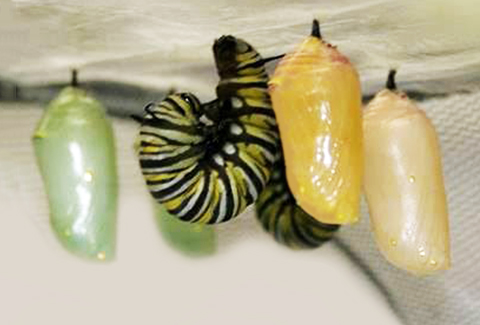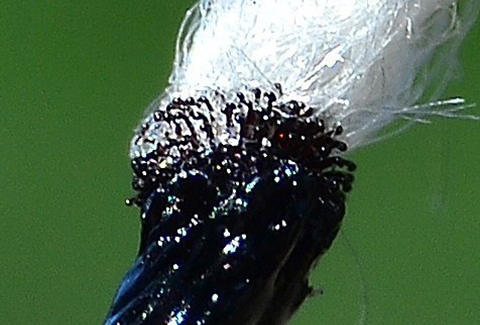Monarch Butterfly Tribute
An “Angelversary” - a Monarch Butterfly Tribute from a Loving Mother to her Son On 7/4/2008, Melinda Bradley lost her son. He was killed in an automobile accident along with two of his friends. The family released butterflies in his memory on his first “Angelversary.” The gathering was at a house with a swimming pool and as the family dangled their feet in the pool talking and reminiscing … miraculously … three butterflies returned to the party. The family knew then, that these butterflies were special! Melinda is a mail carrier, and almost everyday, she sees a butterfly [...]









